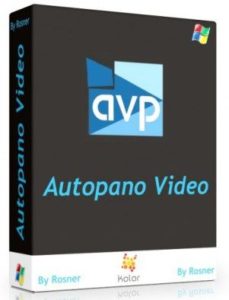
- AUTOPANO VIDEO 3 PARALLAX MODE MAC OS X
- AUTOPANO VIDEO 3 PARALLAX MODE UPDATE
- AUTOPANO VIDEO 3 PARALLAX MODE PRO
The input to our approach is a single video. chip-generated video image that could be used in that this kind of application. I will be presenting our latest approach MegaParallax for creating rich 360 panoramas with motion parallax.
AUTOPANO VIDEO 3 PARALLAX MODE UPDATE
Sizeable update to the CG studio management platform reworks artists timecards, and introduces a new rules-based payroll system. Propeller Education Kit Labs: Fundamentals.
AUTOPANO VIDEO 3 PARALLAX MODE PRO
The new version is equivalent to the old Pro edition of the sofware, Kolor now having dropped all other editions, and costs 599 (around 700).
AUTOPANO VIDEO 3 PARALLAX MODE MAC OS X
The minimum system requirements for version 2.0.0 are the following: Autopano Video 3.0 is available as a release candidate for 64-bit Windows 7+, Ubuntu 16.04 Linux and Mac OS X 10.9+.

The software is available for Linux, macOS and Windows. A scripting engine is also built-in, with a comprehensive API, and a Gaia Sky VR spinoff, albeit still in the works, is already quite functional. The additional benefit of the Pro version is that it uses the GPU for much faster rendering. However, while I don't mind carrying a compact carbon tripod, I don't often use this pano-head because it makes the setup significantly larger and heavier. This solution allows you to connect now and create impressive panoramic video automatically. Years ago, I purchased a pano-head with the goal to stitch images as a mean to make panorama or high resolution images, mainly to avoid parallax errors. The software also includes a stereoscopic mode with five 3D profiles, a planetarium mode and a 360 panorama mode with three different projections. Kolor Autopano Video Pro is a new software application for composing a 360-degree panoramic video from Kolor. The visualisation engine is ready to represent the multi-dimensional nature of Gaia data, with positions, parallaxes, proper motions (tangential velocities projected on the sky), radial velocities (if available), magnitudes and colors. It also offers a levels-of-detail-based view into the second Gaia data release (several subsets of Gaia DR2 are offered as Gaia Sky catalogues, with different selections based on parallax relative errors, ranging from a few million to hundreds of millions of stars), and additional astronomical and cosmological data such as the star clusters (MWSC), nearby galaxies (NBG) or distant galaxies and quasars (SDSS).

Gaia Sky contains a simulation of our Solar System wih all its planets, dwarf planets, some satellites, moons, asteroids, trajectories, locations and more.

However, it has a wide range of other applications, from scientific to purely recreational. The main aim of Gaia Sky is to deliver an off-the-shelf visualisaton of the Gaia catalogue, and to aid in the production of outreach material. Gaia Sky is an open-source endeavour developed since 2014 in the framework of the Data Processing and Analysis Consortium of ESA's Gaia cornerstone astrometry mission. Videos produced with Gaia Sky are available at the bottom. This is a screenshot of the Gaia Sky application in combination with Gaia Data Release 2 data.


 0 kommentar(er)
0 kommentar(er)
